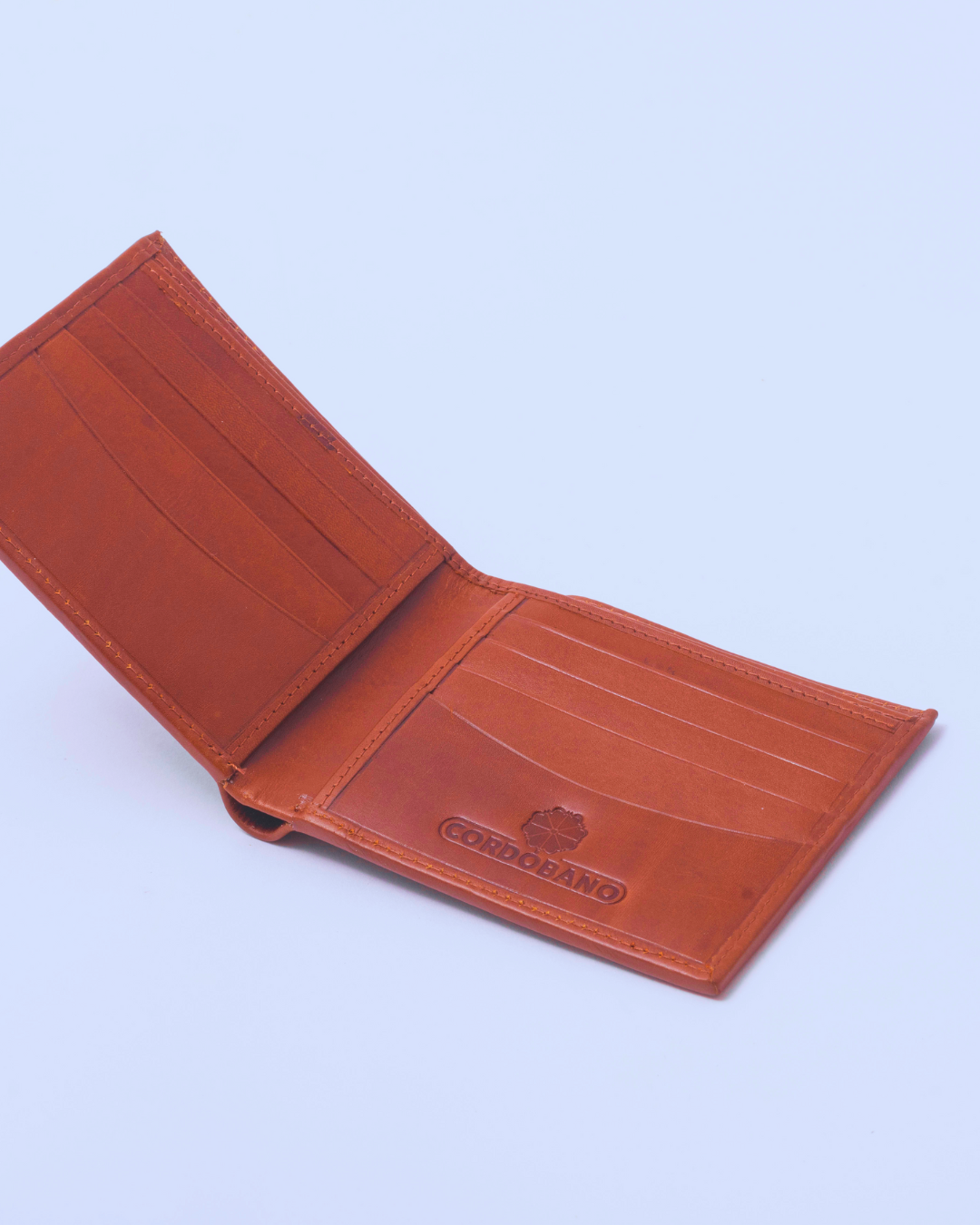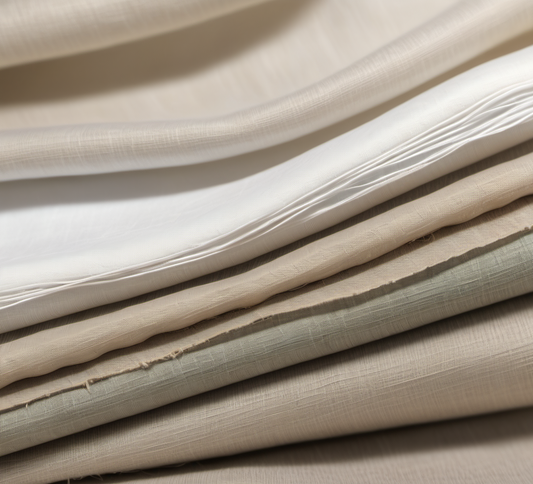 In a world where fabric authenticity can be clouded by deception, empowering yourself with the skills to discern genuine textiles is crucial. From the opulence of silk to the everyday comfort of cotton, this blog post aims to guide you through the labyrinth of fabric identification, providing valuable insights to help you make informed choices while shopping. Let's embark on a journey through the realms of silk, cotton, jute, hemp, and polyester, uncovering the intricacies that set each fabric apart.
In a world where fabric authenticity can be clouded by deception, empowering yourself with the skills to discern genuine textiles is crucial. From the opulence of silk to the everyday comfort of cotton, this blog post aims to guide you through the labyrinth of fabric identification, providing valuable insights to help you make informed choices while shopping. Let's embark on a journey through the realms of silk, cotton, jute, hemp, and polyester, uncovering the intricacies that set each fabric apart.
1. Silk: Decoding Elegance
Characteristics: -
- Touch Test: Authentic silk is exceptionally soft and cool to the touch. Run your fingers across the fabric and relish the luxurious feel.
- Luster: Genuine silk exhibits a natural sheen that dances with light. Hold it under various light sources to witness its luminosity.
- Burn Test: When burned, silk leaves behind a fine, powdery ash and emits a distinct smell. Any plastic-like melting indicates a synthetic imitation.
2. Cotton: Everyday Comfort
Signs of Authenticity: -
- Feel: Cotton's hallmark is its soft, smooth, and slightly crisp texture. Immerse yourself in the tactile qualities as you run your fingers over the fabric.
- Absorbency: Test the fabric's absorbency by placing a few drops of water – genuine cotton quickly drinks it in.
- Wrinkle Test: Pure cotton embraces wrinkles readily. Scrunch a small section and observe how well it retains creases.
3. Jute and Hemp: Earthy Textures
Distinctive Traits: -
- Texture: Jute boasts a coarse, rugged texture, while hemp is slightly smoother. Rub the fabric between your fingers to feel the authenticity of natural fibers.
- Color Palette: Embrace the earthy tones – golden brown for jute and light or dark beige for hemp.
- Weight: Both jute and hemp fabrics exhibit a substantial weight compared to their counterparts.
4. Polyester: Navigating the Synthetic Realm
Identifying the Imposter: -
- Feel: Polyester feels slick and smooth, lacking the breathability of natural fabrics. Run your hands over it and notice the distinct synthetic sensation.
- Burn Test: The melt-and-harden phenomenon of polyester, along with the smell of burning plastic, exposes its synthetic nature.
- Static Electricity: Vigorous rubbing generating static easily is a telltale sign of polyester.
5. Exploring Beyond: A Fabric Odyssey
Further Insights: -
- Knowledge is Power: Beyond the primary fabrics, educate yourself on blends and variations. Mixing fabrics is a common deceit, and understanding specific attributes becomes your shield.
- Resources: Dive into books, online materials, and consult textile experts to deepen your understanding of fabrics like rayon, chiffon, linen, and more.
Conclusion: The Fabric Authority
In a market where fabric fraud looms, you hold the key to unraveling the truth. By discerning unique qualities, conducting touch and burn tests, and acquainting yourself with the specifics of each fabric, you become an empowered consumer. Guard against deception, make fabric choices with confidence, and let your purchases reflect your true desires. Remember, the journey doesn't end with buying fabric; it's about investing in authenticity and making choices that resonate with your unique style. Happy fabric exploration!





